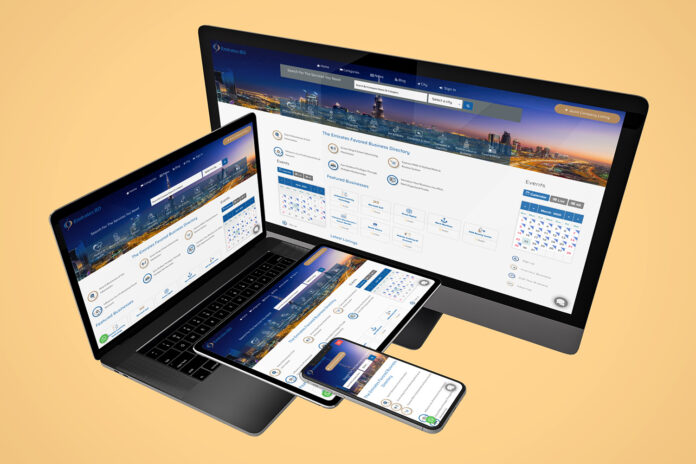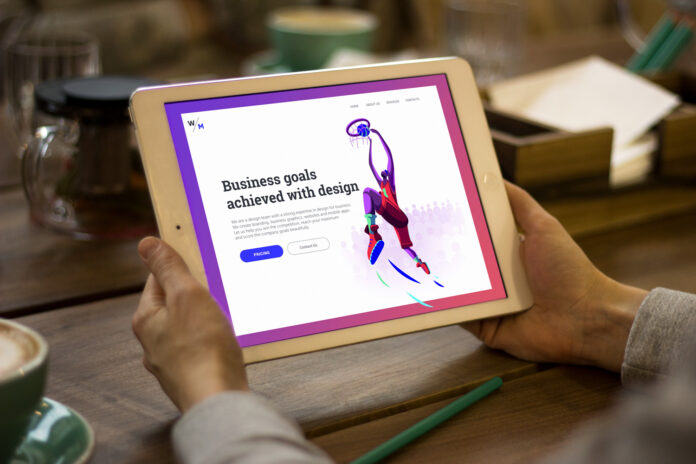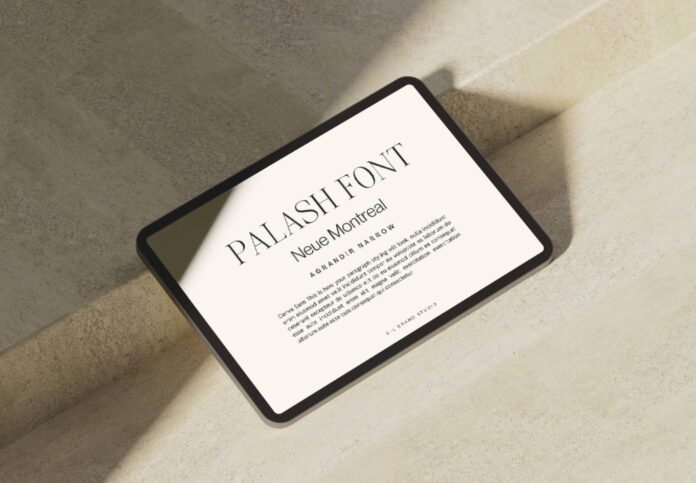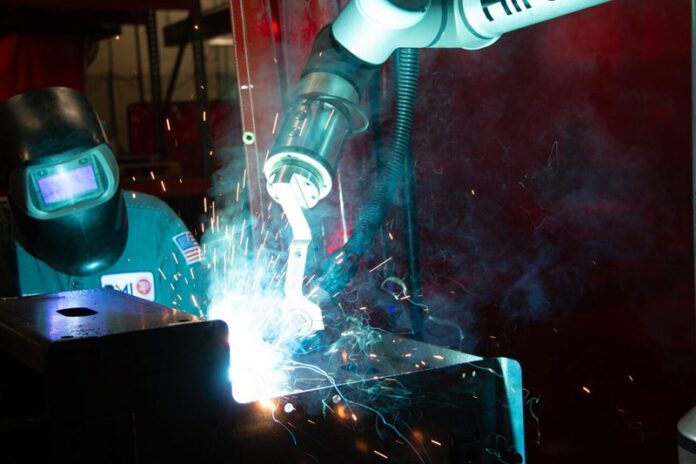Big exposure rarely comes from big moves. Most of the time, it’s the smaller, overlooked branding tweaks that trigger momentum. A sharper bio, clearer tone, better listing strategy—each piece matters. When you stack small changes with precision, you build a brand that people notice and trust.
1. Treat Visual Consistency as a Growth Lever
A fractured visual identity kills exposure before it starts. It doesn’t matter how good your product is—if your brand looks amateur, people scroll past. Consistency doesn’t just make things look nice; it creates a sense of reliability. You want your audience to recognize your brand instantly, even without seeing your logo.
Go beyond the basics. Look at every digital touchpoint. Is your Instagram grid aligned with the color palette on your website? Do your email headers match your social banners? Does your presentation deck carry the same typography as your downloadable resources?
Most people notice that something’s off before they understand what’s missing. When your brand visuals shift across platforms, it creates doubt. That doubt delays trust. When your visuals match and your look feels intentional, people are more likely to engage, click, and stay. Exposure grows through that visual memory loop—brand colors, tone, layout, and hierarchy—all aligned across every asset.
2. Clean Up Your Bio and Claim Visibility with Listings


Your bio is your elevator pitch in a digital world. Most people write bios trying to impress. The smart ones write them to be understood. No metaphors. No jargon. No mystery. Say what you do, who you help, and what result people get. That’s it. If someone lands on your page, they should be able to tell in five seconds why they’re in the right place.
But a good bio alone doesn’t drive exposure. It needs to live in places where people are actually looking. You can’t afford to be invisible in the search results that matter. That means making sure your business is listed in the right directories.
One place many founders skip over is Acompio—a company listing platform where both new and established businesses can build trust fast. Users can leave public reviews, which act as passive credibility builders. You don’t need to pay for ads to gain traction when your business is placed inside growing databases with active category searches. A single review from a happy client on a listing platform like Acompio can outperform weeks of cold outreach. If you’re not showing up where your potential clients are searching, you’re leaking exposure every day.
3. Lock In Your Brand Voice Across Platforms
Your brand’s voice does more than communicate—it positions. Every word you use either builds trust or breaks it. That’s why tone isn’t optional. It needs to be decided, written down, and followed with precision.
Too many brands sound different on every platform. They go casual on social media, formal on email, vague on the website, and overly slick in their ads. That inconsistency creates confusion, and confused readers don’t buy.
Think about how you want people to describe your tone: is it calm and informative? Bold and disruptive? Personal and direct? Choose a direction and commit. Write your captions, emails, product descriptions, and call-to-actions with that tone as your filter.
If your tone changes every time you show up, you never become memorable. A consistent voice builds brand familiarity. And familiarity leads to trust. Once people trust your voice, they follow your recommendations—and that’s how you grow without begging for attention.
4. Rework Your Taglines and CTAs


A strong CTA is not just a closer—it’s a trigger for action. But most CTAs sound like leftovers from a corporate training manual. “Learn More.” “Get Started.” “Contact Us.” All vague. None persuasive.
Revise every button, line, and sentence that pushes people to act.
- Change “Get Started” to “Launch Your Store Today”
- Replace “Learn More” with “See How We Work”
- Instead of “Contact,” write “Book Your Free Call”
Use strong verbs and specific outcomes. Micro-copy converts.
5. Cut the Story, Keep the Impact
Founders love telling their origin story. But most audiences don’t care. They care about results. That doesn’t mean your story isn’t valuable—it just means it has to earn its spot.
Shorten it. Get to the point. Say what you saw that others ignored, what you created in response, and what that means for the people reading now. Leave out the side plots. The faster you link your backstory to the reader’s future, the better.
The best stories make the customer the main character. Your job is to show them where you fit in their journey. That story—when clear, concise, and told with energy—becomes your strongest branding weapon. Pin it to your homepage. Use it in sales calls. Build campaigns around it. One story, repeated across platforms, creates gravity.
6. Drop the Extra, Double Down on What Works


Brands don’t fail from doing too little. They fail from doing too much that doesn’t matter. Too many offers. Too many half-baked campaigns. Too many social platforms with no engagement. That kind of clutter slows you down and splits your audience’s attention.
Start cutting. Remove the offer nobody asks about. Archive the platform where you’re forcing content. Eliminate the page on your site that gets zero traffic. Narrow your positioning. When everything you say aligns with one clear message, your exposure multiplies.
Simplification doesn’t mean playing small. It means sharpening your signal so the right people hear you, instantly.
7. Build One Simple Brand Guide—And Use It
If your colors, fonts, voice, and positioning live only in your head, your branding won’t stay consistent. Write them down. Define the standards. Whether you work alone or have a team of 20, create a one-pager that includes:
- Primary and secondary colors
- Brand font combinations
- Core messaging statements
- Visual examples of photo and layout style
- Approved tone and voice examples
The moment you get consistent, your exposure increases. Algorithms prefer recognizable patterns. So do humans.


Conclusion
Exposure isn’t about luck. It’s about alignment. When your visuals, message, tone, and platform strategy are all pulling in the same direction, growth becomes a system—not a guess.
Each tweak—sharpening your tone, simplifying your offers, rewriting your microcopy, improving your listings—builds on the last. The brands that grow fast are the ones that stay tight, not wide. If you want more eyes on your work, you don’t need to be louder. You need to be clearer.







